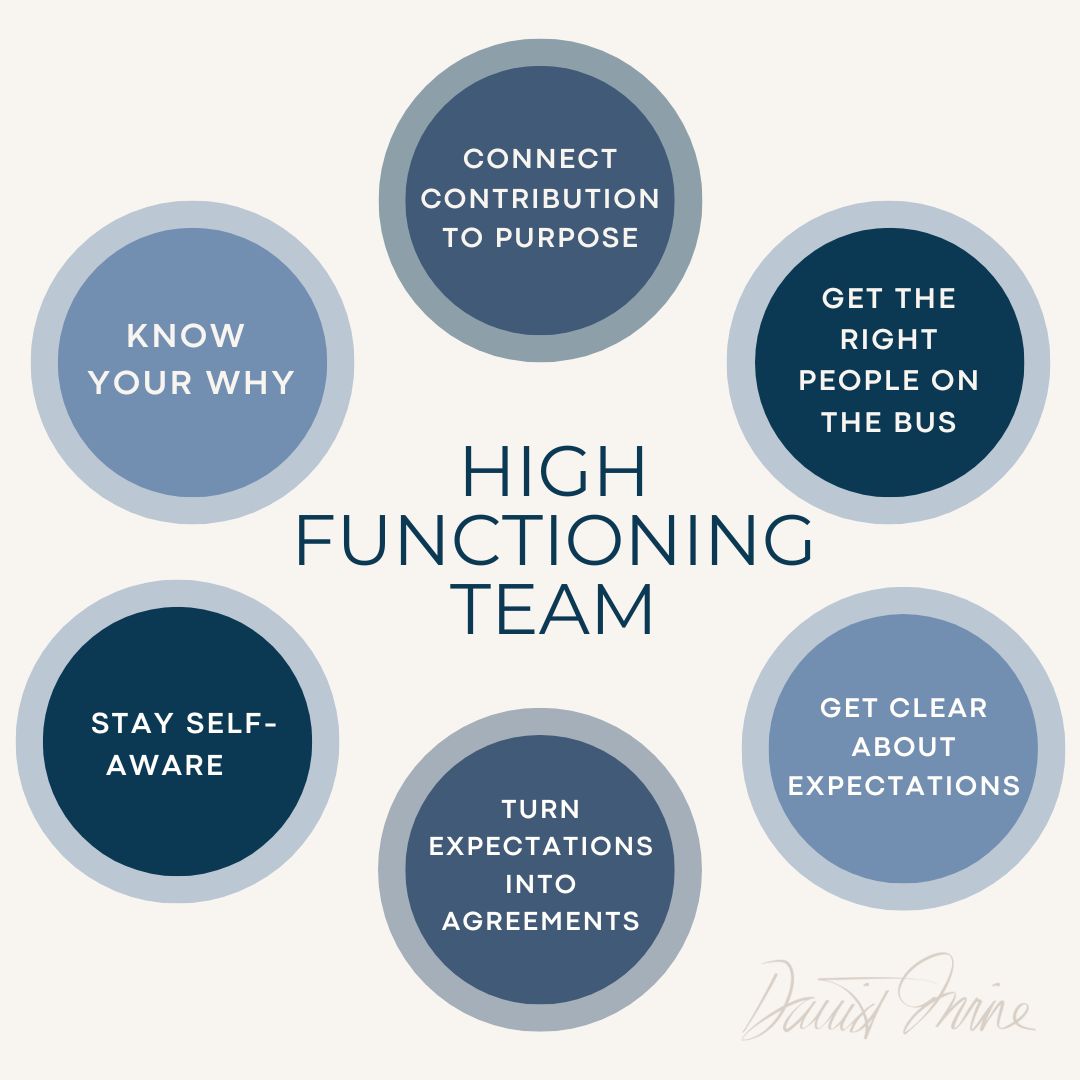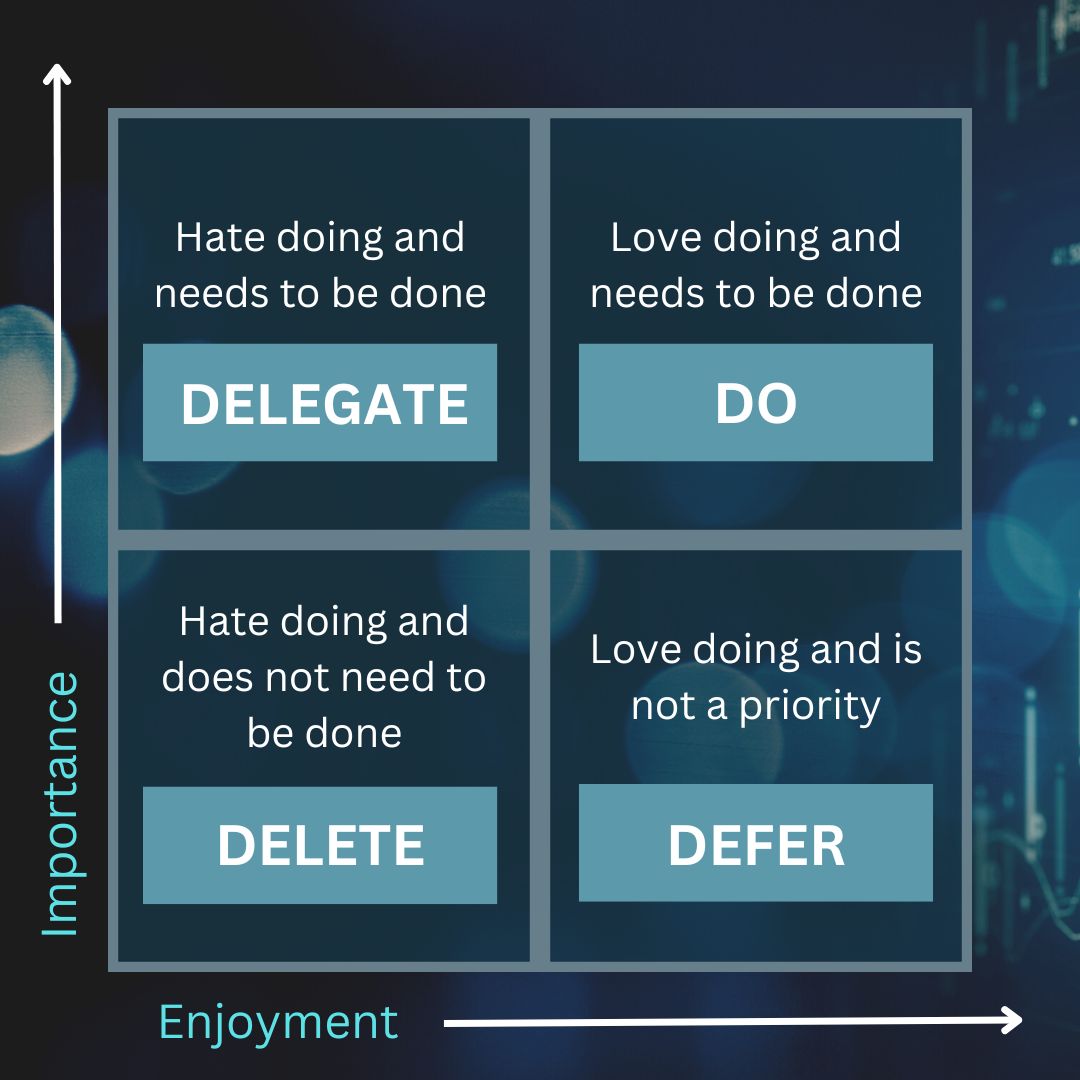Does the word accountability have a positive or negative association for you?
Does the word accountability have a positive or negative association for you?
Throughout my career, accountability has been a central focus of my research and teaching.
Here are ten things I’ve learned about accountability:
- Accountability is the ability to be counted on. Never make a promise you don’t intend to keep, and when you make a promise, keep it, whether you feel like it or not.
- Think carefully before you make an agreement – then painstakingly keep the agreements you make. It’s much easier to say no upfront than it is to get out of an agreement that you no longer want to keep. And when you say yes, follow through.
- It’s easier to see a lack of accountability in others. It’s a lot easier to be mad at someone else for being late than to be mad at yourself for not showing up on time.
- Accountability is the cornerstone of self-respect. No one takes pride in doing something easy. Keeping a promise always leaves you feeling better about yourself. And when you respect yourself, you earn the trust and respect of others.
- Accountability inspires others. Accountability is usually used to hammer rather than inspire people. When properly understood, accountability is meant to create safety, alignment, and trust. It’s inspiring to be around people who can be counted on. You’ll get much further building accountability with a flashlight rather than a stick.
- Accountability is about ownership. Blaming and finger-pointing are all symptoms of a lack of accountability. Decide that all blame is a waste of time and your life will change forever. Accountability is ultimately about looking in the mirror.
- Accountability is about growing up. There’s a difference between maturity and aging. All beings grow oldbut growing up is the duty of human beings.
- Accountability requires a recovery plan. When you can’t keep a promise here’s a three-step recovery plan: a) Let your creditor know as soon as you know if your agreement is jeopardized; b) Negotiate with your creditor to minimize damages and re-commit to a new agreement; 3) Learn from your experience so it doesn’t happen again.
- To avoid downstream problems, get the agreements right. The vast majority of accountability problems stem from a lack of clear agreements and understanding the consequences. Courageous conversations upstream will prevent problems down the line.
- Accountability lies at the core of leadership. If you want your best people to produce results, stay engaged, be inspired, find value in coming back to the office after working from home, and be loyal, it all starts with a well-designed and delivered accountability process.






